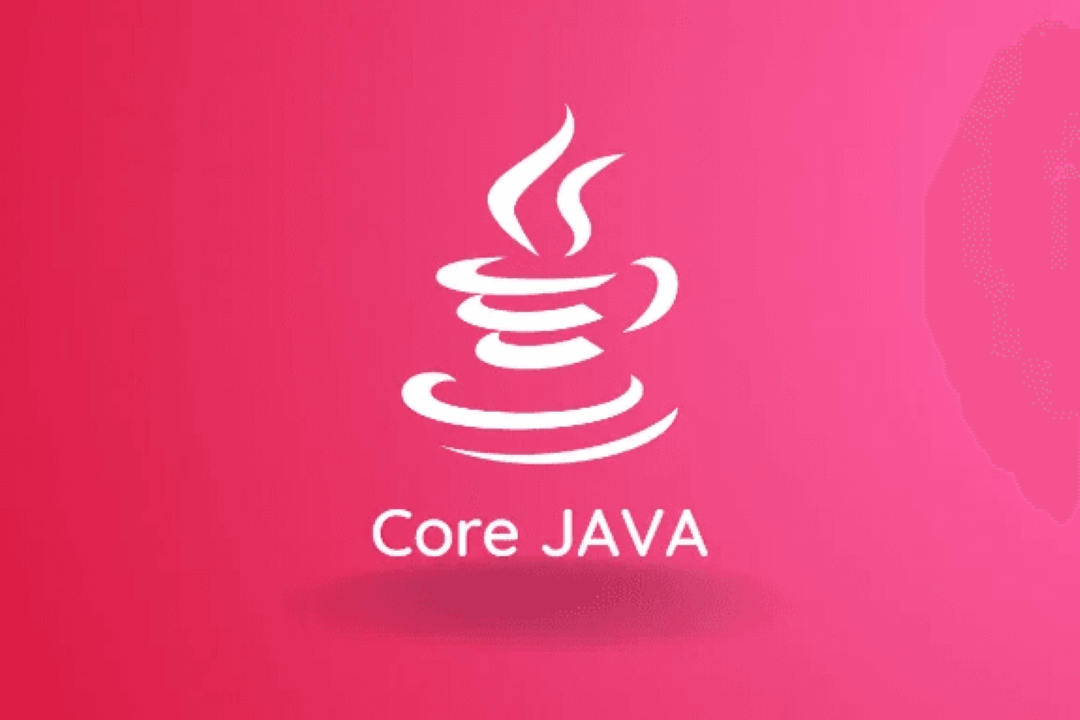Android Java Interview Questions
Android Java Interview Questions and Answers
Android Java interview questions are designed to test a candidate's knowledge and understanding of the Java programming language as it is used in the Android development platform. They cover topics such as the basics of Java, object-oriented programming, Android app lifecycle, user interface design, database management, and debugging. These questions help interviewers assess a candidate's ability to develop efficient and stable Android applications, as well as their problem-solving and critical thinking skills. Additionally, they may touch upon topics specific to the Android platform, such as Android Studio, APIs, and libraries, to gauge the candidate's familiarity with the ecosystem. It is important for job seekers to be well-versed in these areas to ace an Android Java interview and land a job in the competitive field of Android development.
To Download Our Brochure: https://www.justacademy.co/download-brochure-for-free
Message us for more information: +91 9987184296
1 - What is an Activity in Android?
An Activity is a core component in Android that provides the user interface for an application. It represents a single screen with a user interface (UI) and is responsible for interacting with the user. All visible activities in an application are managed by the ActivityManager.
2) What is an Intent in Android?
An Intent is a messaging object used to request an action from another component in the Android system. It is used to start activities, services, and broadcast receivers. Intents can also be used to pass data between components.
3) What is a Layout in Android?
A Layout in Android is used to define the visual structure of the user interface (UI) for an application. It is defined using XML files and includes different types of views such as TextView, EditText, Button, etc.
4) What is a Fragment in Android?
A Fragment is a reusable component in an activity that represents a portion of the user interface (UI). It is used to build a multi-pane screen and improve the user experience on different screen sizes.
5) What is an AsyncTask in Android?
An AsyncTask is an abstract class provided by the Android SDK, which allows for performing background operations and publishing results on the UI thread without having to manipulate Threads and/or Handlers.
6) What is a Service in Android?
A Service is a component in Android that runs in the background without a user interface. It is used to perform long-running operations, such as fetching data from a network or playing music.
7) What is a ContentProvider in Android?
A ContentProvider is a component in Android that manages access to a structured set of data. It enables applications to share data with other applications and provides a standard interface for performing database operations.
8) What is the difference between Serializable and Parcelable in Android?
Serializable and Parcelable are both ways to pass data between components in Android. The main difference is that Serializable creates a lot of temporary objects and can be slow, while Parcelable is much faster and more efficient because it creates fewer objects.
9) What is the Android Manifest file?
The Android Manifest file (AndroidManifest.xml) is a critical configuration file in an Android application. It contains information about the app's package name, version code and name, permissions, hardware requirements, and components (activities, services, content providers, and broadcast receivers).
10) What is the difference between View and ViewGroup in Android?
To Download Our Brochure: Click Here
Message us for more information: +91 9987184296
View and ViewGroup are two important classes in Android that are used to construct the user interface for an application. A View represents a single UI component, such as a button or text field, while a ViewGroup is a container that holds other views and helps to define the layout of the application's UI.
11) What is the Android Runtime (ART)?
The Android Runtime (ART) is the virtual machine built into the Android operating system to run applications. It was introduced in Android 4.4 KitKat as a replacement for the Dalvik virtual machine, and it improves performance by using Ahead-of-Time (AOT) compilation.
12) What is Aapt (Android Asset Packaging Tool)?
Aapt is a command-line tool used to manage the assets (such as images and layout files) that are bundled with an Android application. It compiles these assets into a single file called the Asset Package, which is read by the Android system during application runtime.
13) What is ANR (Application Not Responding) in Android?
ANR is a state in which the application is not responding to user input, and the system displays a dialog box to the user to force the application to close. This can happen when the application's main thread is blocked for too long.
14) What is a Notification in Android?
A Notification is a message that appears on the status bar of the Android device to alert the user about an event or update from an application. It can include text, images, and actions for the user to perform.
15) What are the different types of Broadcasts in Android?
There are two types of broadcasts in Android: implicit and explicit. Implicit broadcasts are sent to the entire system, and any component can listen for them. Explicit broadcasts target specific components and are sent to them directly.
Browse our course links : https://www.justacademy.co/all-courses
To Join our FREE DEMO Session: Click Here
Contact Us for more info:
- Message us on Whatsapp: +91 9987184296
- Email id: info@justacademy.co












